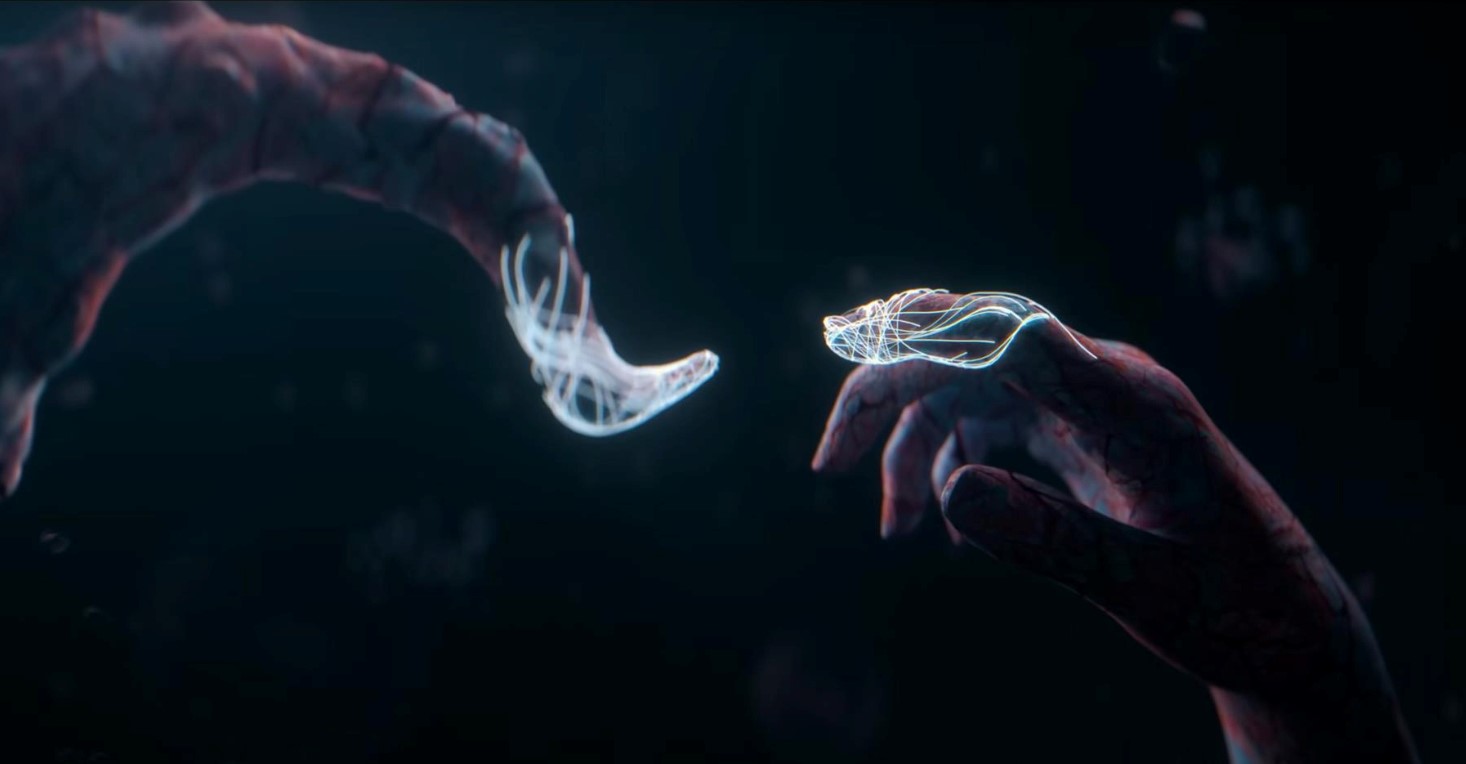With the hunt for humanity on new planets caused by the crippling increase of anxiety about climate change and the production of iconic films like ET, Astrobiology has gained popularity over the years. People are always going on and on about advanced civilizations and Extraterrestrial life. And how there could be alien-like civilizations trying to send us a message informing us that they do exist and have the same biological system as us to send a message.
As vogue on this matter increases, scientists have been working on finding new exoplanets that are habitable along with Extraterrestrial life. But this increase in research is also related to, you guessed it, climate change. Since the industrial revolution, we have been facing extreme weather events that have damaged our planet and made it a miserable place to live for any life form. With Earth getting hotter and inhabitable, scientists came up with a not-so-sustainable but reasonable solution; finding a new home. Honestly, we would pollute and turn that new planet into garbage in no time if we were to find one.
But, as crazy as it may sound, we could potentially discover a new Earth-like planet that could solve all our climate problems. But to do that, we first need to locate any Extraterrestrial life in outer space. We have found Earth-like planets that seem like an alternative but are not quite the match for us. These planets are, Kepler 62F, Trappist-1D, Teegarden-B, and K2-18B. All these planets have water, which is critical for life and chemical reactions. Teegarden-B even has a whole ocean-like water puddle that has sunsets. Some also have oxygen and a range of temperatures that could support life. But with all these other qualities and having water, they are still not a match for humanity, which brings me to my next point.
Living organisms are created by chemistry. We are huge packages of chemicals. As scientists describe it, we need three things for the ideal conditions for chemistry.
First, living organisms need energy(Energy as in sunlight and geothermal heat) to grow and reproduce, maintain their structures, and respond to their environments. Planets provide this energy by being close to stars and reflecting their light. Second, they need a great diversity of chemical elements. Chemical elements are vital to living organisms because they make up the organic molecules that are found in all living things. Third, they need a liquid, such as water. Living organisms need water because it plays a vital role in the reactions within an organism’s cells and body.
Our planet had water and chemicals from collisions with meteoroids. Forty million to 600 million years after organisms started to form. So maybe we just need to give time to these Earth-like planets to evolve and create life.
To sum it up, Our Galaxy has been in this universe for more than 12 billion years, but the universe is 14 billion years old. So there might have been time to create a replica of the Earth, just orbiting with tons of neighbors that may be more advanced in technology or biology than us. Or we might be alone, an opening chapter in a sprawling history of life.

